How To Incorporate Gamification Elements Into Mobile Loyalty Programs?
25 Jul 23 

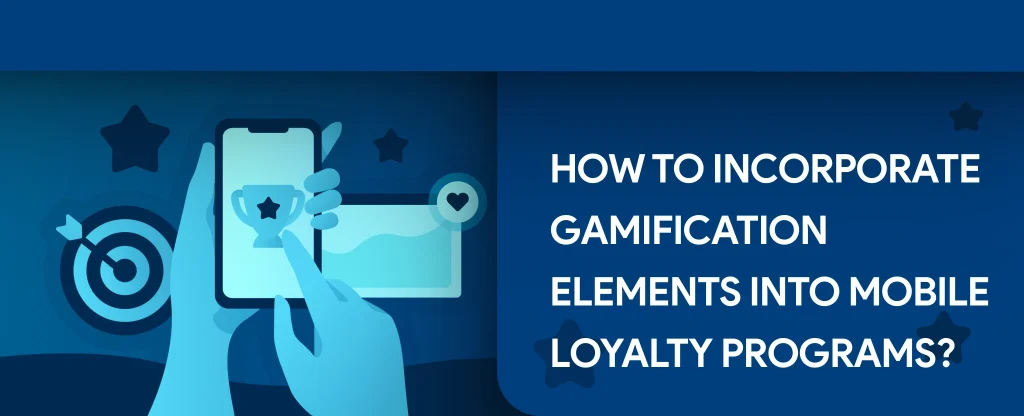
Marketing to an existing consumer is less expensive than finding new ones. Additionally, recurring consumers spend more money than new customers. This just emphasizes how crucial consumer loyalty is. Customer loyalty programs can boost sales while sustaining customers. Traditional approaches to loyalty programs are practical. But due to digital transformation, the rivalry has grown.
There are more brands available for customers to pick from. So, how can you effectively distinguish your loyalty program? You can therefore integrate gamification in mobile loyalty programs. Gamification in mobile loyalty programs is a beneficial digital tactic to use. Advanced data analytics, mobility, cloud services, and social media platforms have sped and enhanced gamification results.
With the rising usage of social media and the internet, gamification in mobile loyalty programs has gained popularity. Thus, it has been integrated by many mobile app development companies. This demonstrates that businesses are paying attention to gamification in loyalty programs and are beginning to see its advantages.
Gamification: Definition
Gamification refers to using game mechanics and aspects, including badges, stages, difficulties, and incentives, to entice and keep consumers participating in loyalty programs. Additionally, producing valuable data and findings may assist firms in boosting client retention, happiness, loyalty, and recommendations.
Creating a relevant and compelling game, sustaining consumer interest and engagement, and calculating the effect and return on investment are some issues associated with gamification. In this post, we will discuss benefits and strategies of gamification in loyalty programs to do it successfully.
Gamification in Mobile Loyalty Programs: Benefits
According to a survey, over 60% of customers engaging with gamified aspects are likely to purchase that business. With consumers who had gamification experience, that percentage increased to 86%. It is a creative strategy for providing clients with an enduring, engaging, and delightful experience. Gamification in mobile loyalty programs may have several advantages for both customers and companies.
Making the loyalty program more engaging and personalized may improve consumer experience and contentment. It may also enhance customer loyalty and involvement by instilling a sense of achievement and rivalry among consumers and rewarding them for their activities and behaviors.
So, let’s dive into the significant benefits of gamification in mobile loyalty programs.
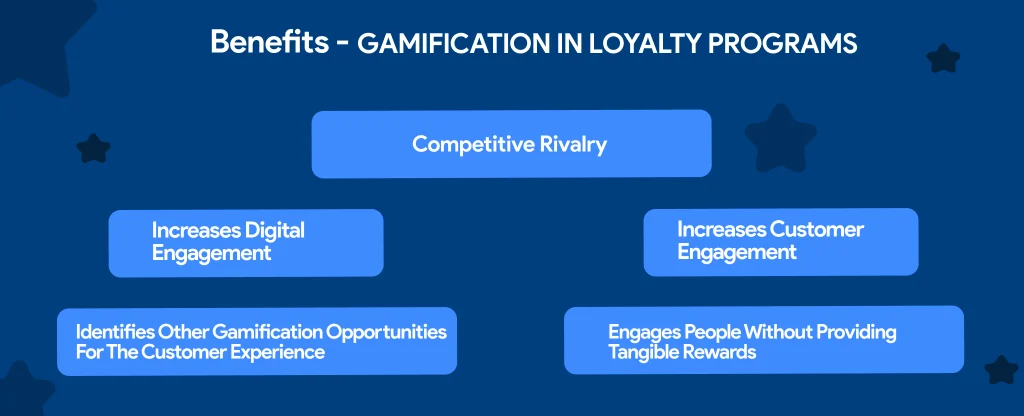
1. Competitive Rivalry
On average, US customers are members of 16.7 loyalty programs, yet only eight are used often. They may be a part of even more organizations if they so desire. The challenge for businesses is to attract clients in such a way that they would sign up for their loyalty program. And to maintain their membership after they have joined.
For that, companies require a competitive edge, something a little unique. That is what gamification in loyalty programs can provide. The general tendency is that you can stand out incorrectly if you don’t gamify your loyalty program. Some firms may not have an issue with this, but the majority will be worried about looking outdated and out of touch if they fail to gamify loyalty.
2. Increases Customer Engagement
Gamification promotes behavior that seeks incentives and the need to often “check in” to monitor performance and aspire for a higher standard. Doing so creates a more robust environment for recurring purchases to become habits. The reality is that maintaining client loyalty requires a lot from consumers. Buying despite interruptions from competing sources takes time, effort, and persistence.
Loyalty programs cannot influence these factors, although it helps much if something is regarded as good quality at an appropriate cost and fits every criterion for pleasure and usefulness. Gamification in loyalty programs extends and enhances the entire customer experience by enticing recurrent participation. When placing related items, delivering essential marketing messages, and collecting individualized insights into user demands.
3. Increases Digital Engagement
Most loyalty programs have at least some of their business operations moved online. Gamification aids the introduction of gamification in loyalty programs into an entirely online experience. This is crucial for businesses that run dual-track loyalty programs, with the “new” system, which may be web or app-based, running concurrently with the “old” system, which can depend on stamp cards and manual processes.
Similar problems occur when businesses combine or buy one another, along with the inescapable difficulties in connecting their compensation systems. A gamified strategy is to digitize this under a single architecture to maximize engagement and better integrate back-end system connections to provide present-time customer information and customization.
Last but not least, there is solid proof that consumers who enjoy gaming and actively participate in gamification are more likely to be active on social media. This maximizes the chance that these consumers will spread the word about their positive experiences with the loyalty program, pique the curiosity of others, and entice them to join.
4. Identifies other Gamification Opportunities for the Customer Experience
Gamification is not simply affecting loyalty programs but also consumer loyalty and satisfaction. However, if that’s how you begin, you may rapidly identify which clients appreciate gamification and desire it for other facets of their experience. This requires a robust client input system, which will help you comprehend why clients interact the way they do.
Then, you may confidently introduce new waves of gamification. Gamification may not be a hit with all consumers. Giving customers the finest impression imaginable and one that encourages their continued devotion requires this understanding, which is equally important.
5. Engages People Without Providing Tangible Rewards
The adequate financing of loyalty programs is one of their primary concerns. These programs intend to support themselves by bringing in extra money you could not earn without a loyalty program. But because of the intense competition in the industry, it might be challenging to strike the correct balance regarding the worth of incentives.
For instance, many loyalty programs provide an alluring incentive to sign up. Generous reward programs inevitably result in enormous loyalty; just think about what would happen if you received a free Starbucks coffee every two transactions rather than every ten. Without costing you a dime, gamification in loyalty programs makes consumers feel appreciated. It’s best practice to complement these virtual awards with actual incentives and prizes so that the total package offers loyal consumers more incredible value.
Gamification in Loyalty Programs: Strategy
With powerful loyalty program software, the correct sales gamification approach may do miracles for entertaining your consumers and fostering customer loyalty. Some strategies for using gamification in loyalty programs are provided below.
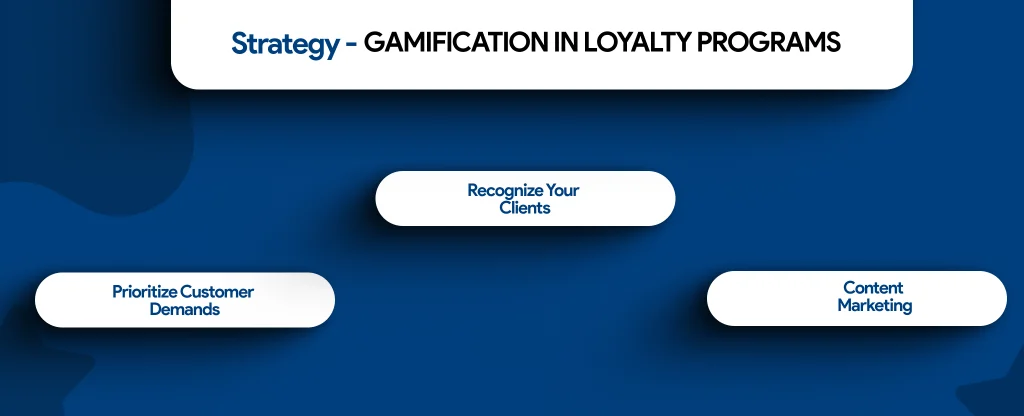
1. Prioritize Customer Demands
Brands are increasingly providing loyalty programs. However, not all of the clients take part in them. This is a missed chance to earn your consumers’ confidence and develop a lasting connection with them, leading to repeat business. Many businesses are unaware that clients participate in loyalty programs for reasons other than financial incentives. Due to neglecting consumer needs, many firms struggle with their loyalty programs.
Creating a loyalty program aims to bring in new consumers, keep them around, and raise their lifetime worth. You would like people to continue picking your brand over rivals. You must be aware of your customer’s preferences, demands, and goals. Here, customization is crucial. Your clients will sense your appreciation for them thanks to personalized awards.
Let’s use the top lingerie shop, Victoria’s Secret, as an illustration. PINK is a different brand that caters to a younger demographic. The PINK Nation app combines the traditional eCommerce experience with enjoyable activities and competitions, making it ideal for the younger demographic.
It also serves as a reminder to merchants that creating a customized app with games, awards, prizes, and special promotions to increase brand loyalty and boost sales can be successful if a large portion of your target audience consists of young, tech-savvy consumers.
2. Recognize Your Clients
Utilizing levels in your loyalty programs are among the best sales gamification ideas. In this approach, your firm will also profit from it, in addition to your consumers. The customer’s incentives in this membership program are determined by their rank. You may evaluate the milestone depending on how much money they spent the previous year or how many transactions they generated.
The fact that customers move up in rank or tier depending on your measurements will motivate them to continue with your business and make further use of its perks structure. Gamification allows for more enjoyment for your consumers to level up your brand network. With a human’s intrinsic competitive inclination, milestones and progress bars can become addictive.
Use visual indications to give clients a clear picture of their position and the extra points needed to advance to the next level. This will make it simple for them to track their development. The most excellent gamification approach enables you to adjust your programs to meet consumer needs.
3. Content Marketing
For loyal consumers, promote content and stories that are engaging. There are several advantages to using gamification to involve your clients. For instance, loyalty programs make establishing a connection with your clients easier. They thus become loyal clients and perhaps even brand evangelists. To achieve this, you may consider gamification in enjoyable and engaging programs. Clients are more inclined to connect with the company if you do it this way.
Giving your consumers a sense of achievement is an excellent way to encourage repeat behavior. Every difficulty has an advantage. As a result, consumers will feel inspired to take on similar activities for your brand. Every task or reward that is important to your company’s goals might have many actions assigned to it. You may reward your clients with bonuses for posting on social media, doing quizzes, and producing content once they complete tasks and acquire badges.
Wrapping Up
Gamification in loyalty programs may transform a consumer’s engagement with the company from a timid beginning to a lifelong one. A contemporary loyalty program must satisfy customers’ demands and provide individualized service. Clients may access a variety of incentives through a succession of gamified, customized deals and experiences, forging a deeper and more significant relationship with the company.
The need for helpful technology has increased as businesses grow and change. Profit from gamification since it is the most entertaining strategy to raise consumer engagement, which will encourage retention and loyalty. Additionally, it’s critical to remember that the ideal gamification application for your company fulfills the customer’s demands and needs.
The most successful and excellent loyalty programs use gamification and put more emphasis on consumer engagement than merely persuading them to make purchases. At Mindster, we give priority to user experience and engagement.
We are a leading mobile app development company offering mobile app solutions for businesses. We provide customized loyalty programs for clients based on their requirements and needs, emphasizing gamification elements. Companies use gamification in many sectors to motivate, reward, and drive user engagement in novel company processes and apps. Clients who are loyal and engaged are more likely to stick with a single company and its goods over those of rivals.
- Android Development3
- Artificial Intelligence16
- Classified App1
- Digital Transformation7
- Doctor Appointment Booking App10
- Dropshipping1
- Ecommerce Apps26
- Education Apps2
- Fintech-Apps30
- Flutter2
- Flutter Apps19
- Food Delivery App5
- Grocery App Development1
- Grocery Apps3
- Health Care4
- IoT2
- Loyalty Programs8
- Microsoft1
- Mobile App Maintenance1
- Mobile Apps116
- Product Engineering2
- Progressive Web Apps1
- Saas Application2
- Shopify3
- Software Development1
- Taxi Booking Apps7
- Truck Booking App5
- UI UX Design8
- Uncategorized2









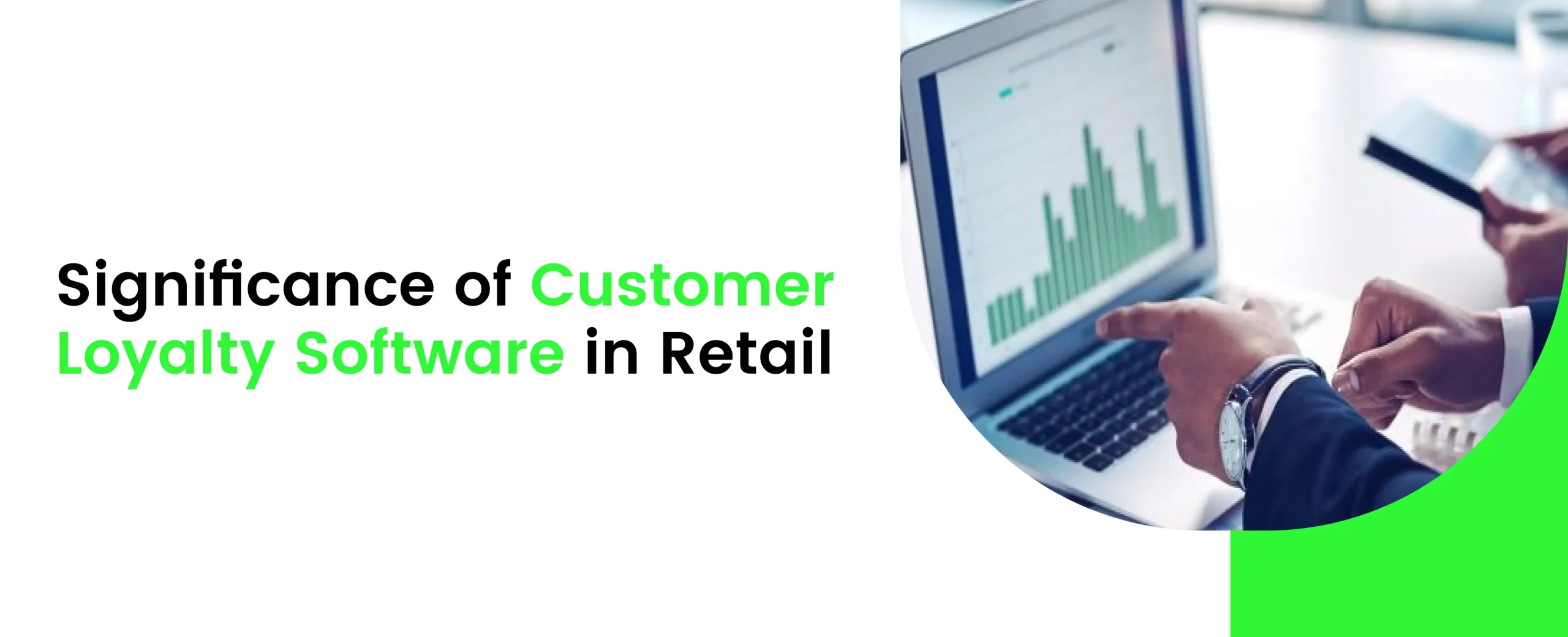
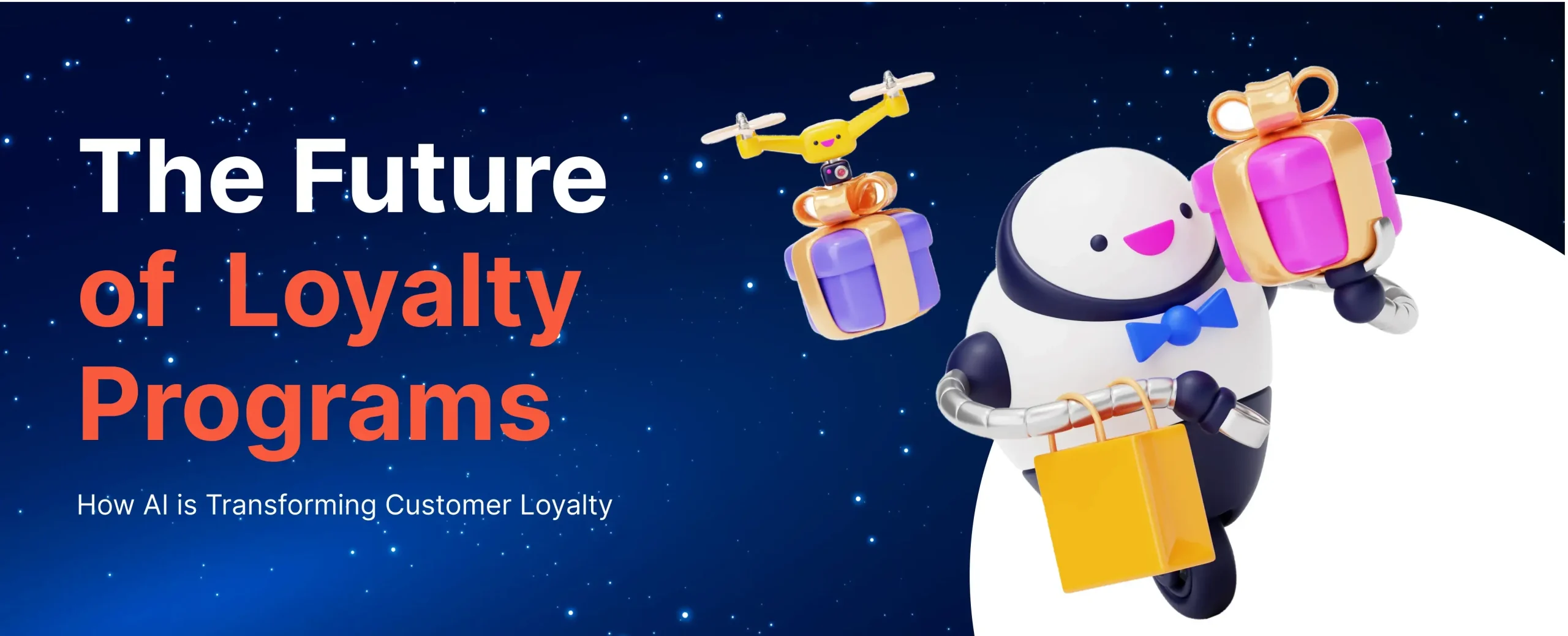
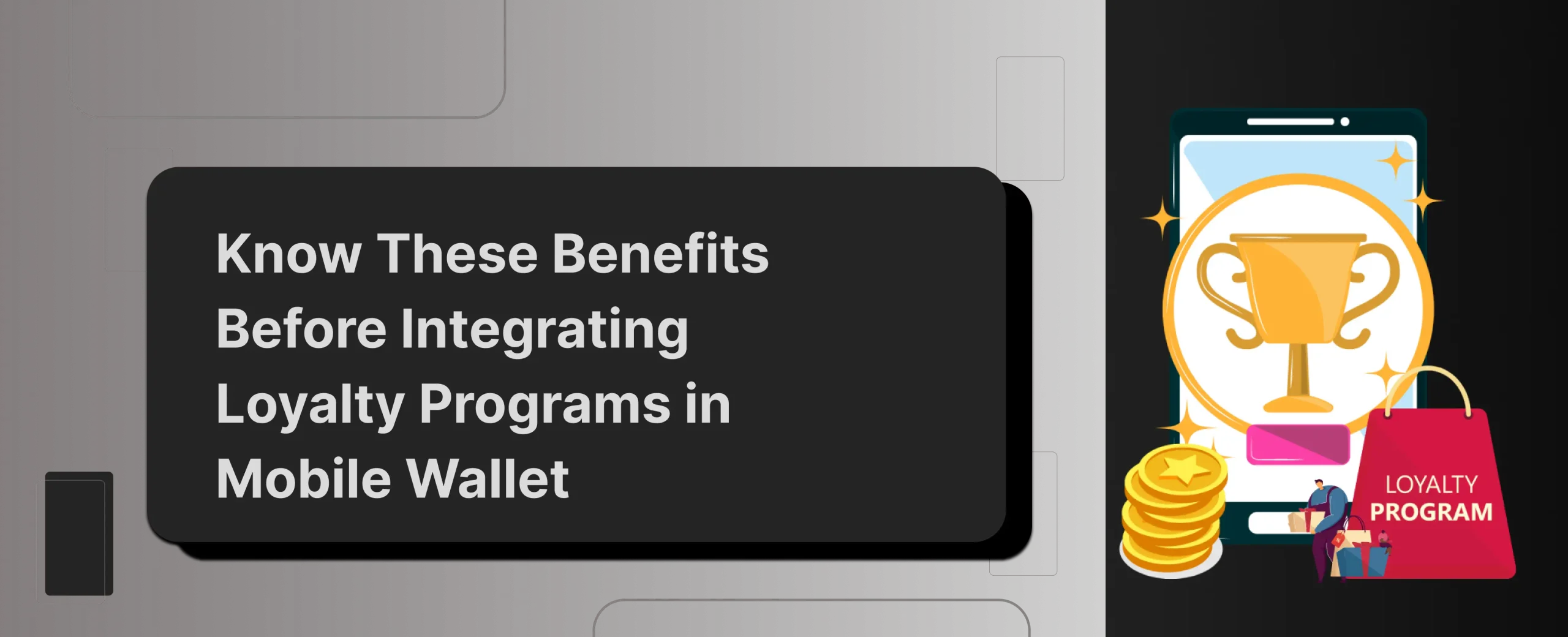
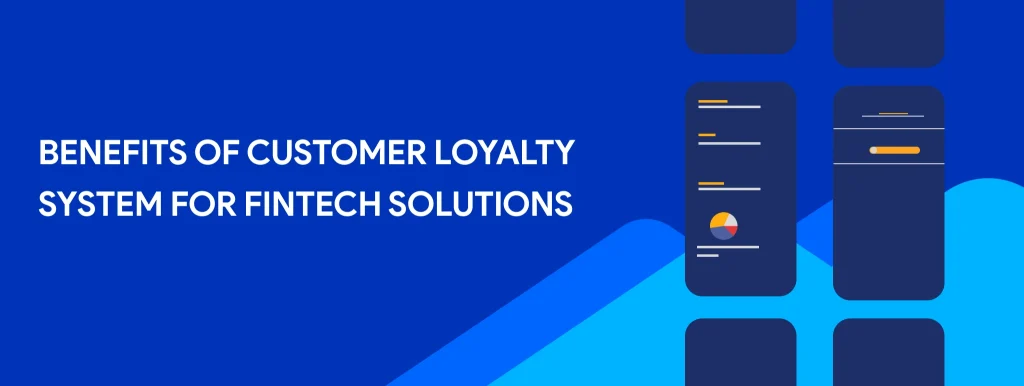






Comments